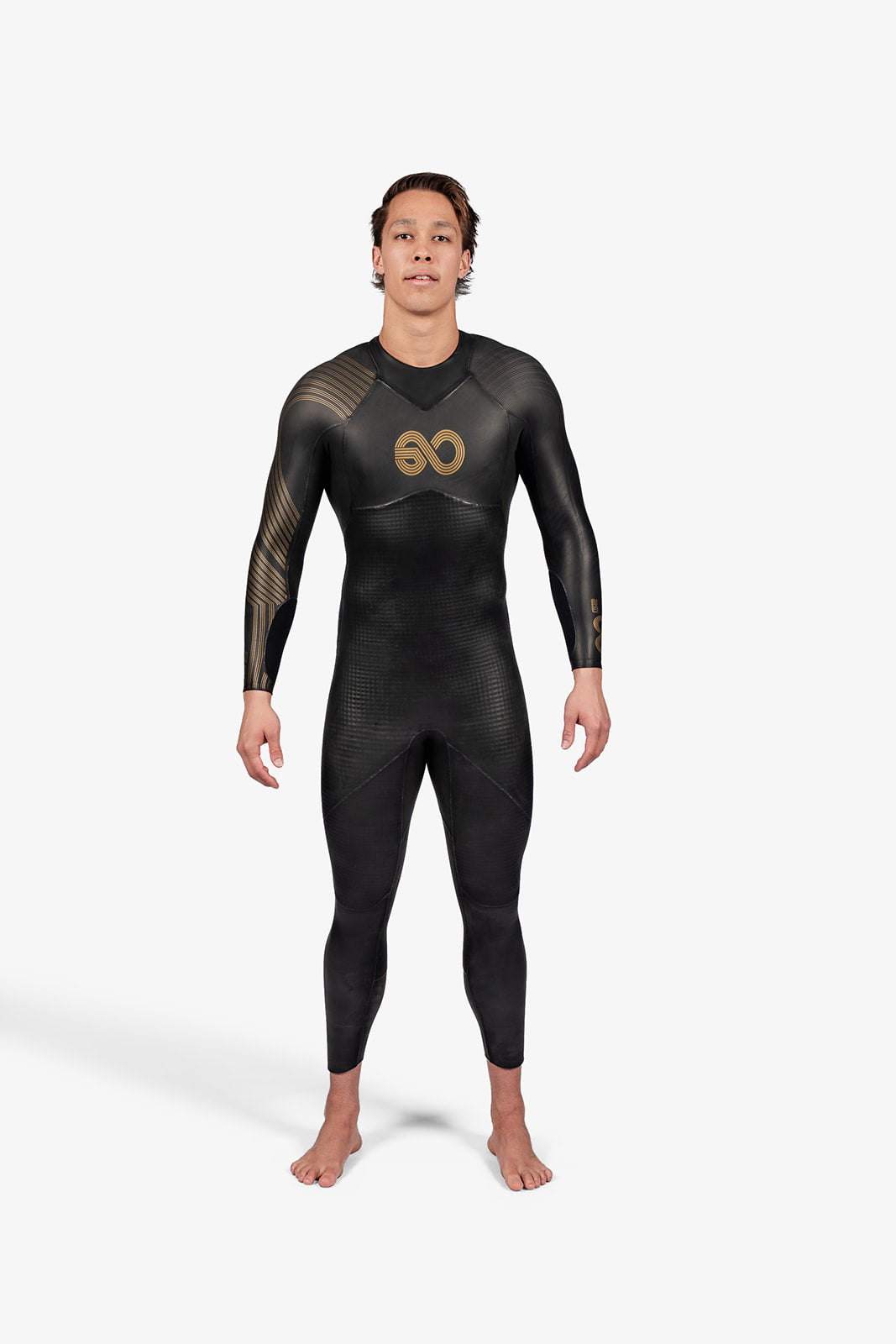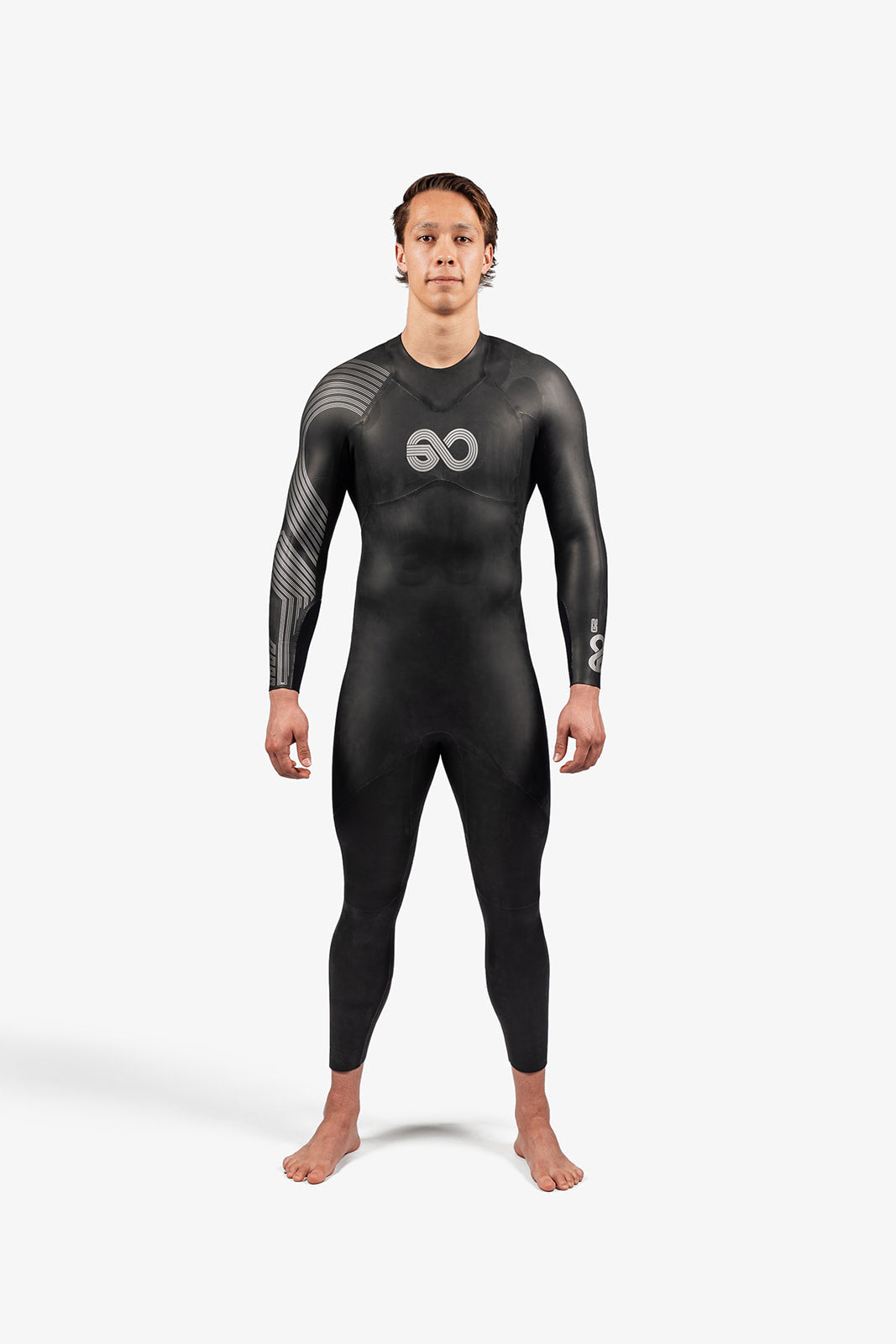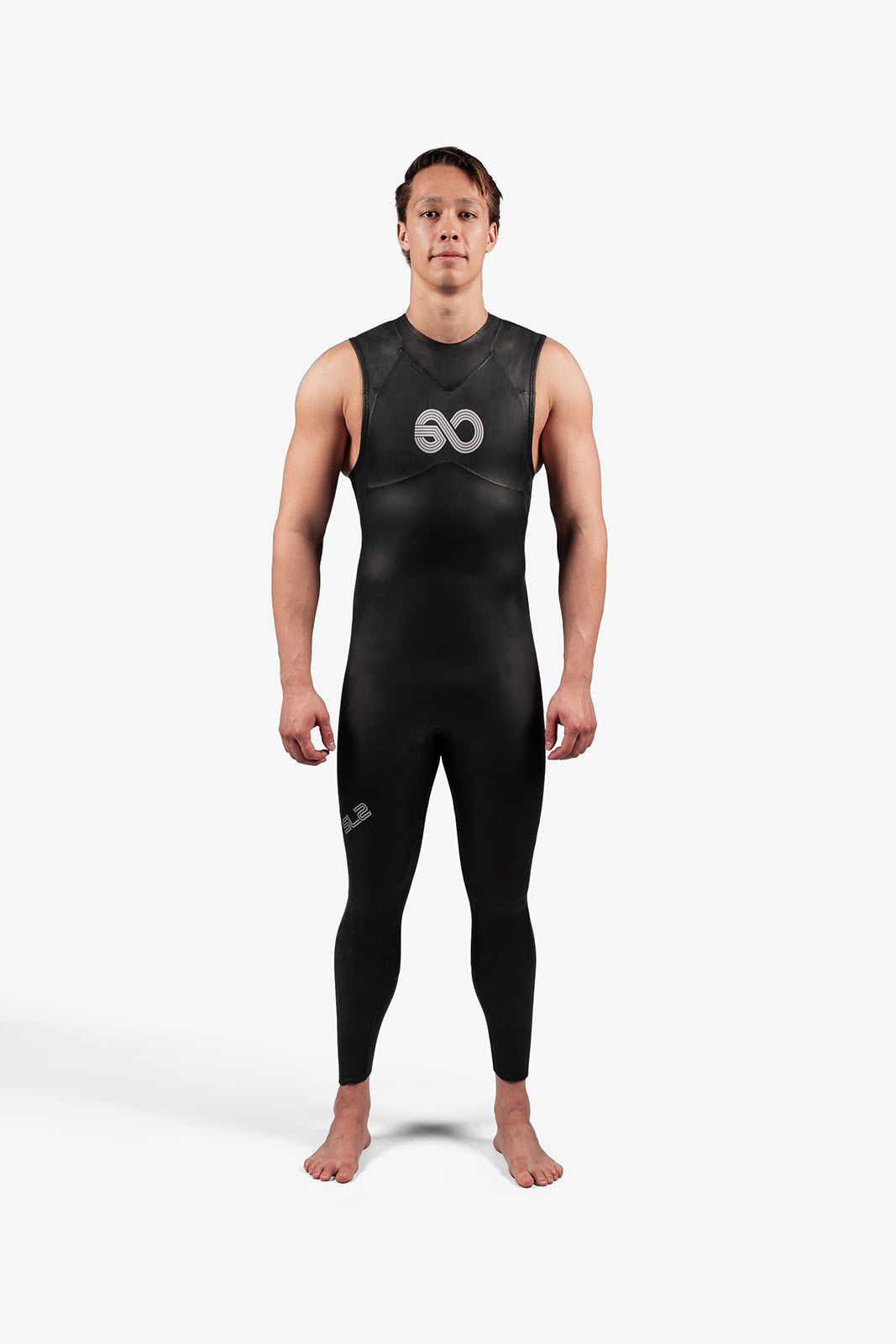Open Water Safety & overcoming any fears
Whether you are new to open water swimming or a seasoned veteran like myself, safety still comes first. For me personally, safety can be broadly broken down into the following three topics:
- Swim with a friend or group
- Know your location
- Know your limits
Swim with a friend or group
The number one safety consideration is to swim with a friend or group of swimmers.
- If you go to a beach to join a group of swimmers that swim there regularly, you can assume that it’s a safe location to swim.
- Swimming with a friend or group allows for support if something goes wrong during the swim e.g., cramping.
- More eyes to read the conditions, scouting for potential safety hazards
- It is more fun than swimming solo

Swimming Location
Choosing a safe swimming location at the beach, river or lake is paramount, as even the best swimmers have to respect the elements.
The following questions need to be considered before entering the water, especially if it is a location that you are new to:
- Am I swimming in a boating zone? Do I need to be visible? Should I use a tow float?
- Are there any currents?
- What is the water temperature? Am I going to get cold or potentially overheat?
- How sunny is it? Do I need to wear a wetsuit not only for warmth, buoyancy and speed but also for sun protection?
- Are there any submerged hazards? (rocks, old jetty stumps, etc.)
- Do I have to be wary about jellyfish?
- If I am planning to run into the water and practice a beach start, are there any potholes in the shallow water that I need to be aware of?
If you feel comfortable that you have ticked off the above considerations in regards to safety, then you can commence your session, so long as you have catered for your swimming ability.

Know your Limits
Being aware of your swimming ability is something that I have recently come to appreciate. When I was in my early twenties, I trained 10 times per week and felt invincible. I was fit, fast and could swim in any location or the largest surf without getting tired. However, since retiring and swimming less frequently, my strength, endurance and speed have deteriorated, whilst I’m also finding that I cramp more easily. These are the things that I consider to be things that limit my training, but everyone is different.
So, whether you are planning a short 100m open water swim or a 10km marathon, make sure that you know your limits beforehand, so you do not overexert yourself. You do not want to be left without energy to get back to shore, or not enough speed to swim against a current.

Overcoming any fears
- Whether you’re a beginner or a seasoned veteran, open water swimming can still be daunting. There are several ways to overcome the fears of swimming in the open water and boost your confidence. The trick is avoid trying to go from zero to hero, instead aiming to acclimatise yourself to the environment.
- Swim in the pool first. Swimming in a controlled environment is far easier than swimming in open water. It allows you to get a grasp of the basics under the supervision of a lifeguard, and a warm shower afterwards is always a bonus.
- Play in the water (not exceeding waist depth). As a child, I spent hundreds of hours playing in the shallows at the beach, allowing me to become familiar with the surroundings.
- Swim between the red and yellow flags at beaches or any location under lifeguard supervision
- Swim in shallow waters. Plenty of good swimmers fear swimming in depths where they cannot see the bottom. If this is you, seeing the floor not only provides more comfort, but perhaps gives you the option of standing up when you’re resting.
- Swim with others. This is not only for safety, but also to helps you feel more secure out there.
- The elephant in the room, sharks. Most swimmers and triathletes fear sharks, and I’d go so far as to say that you’re crazy if you don’t. I try to avoid saying the word at the beach, but there have been times where I’ve ended a long training session prematurely because I psyched myself out. The most recent example was at the start of 2022, when I called it a day 25km into a 40km session, for which I still kick myself. The main thing to remember is that the probability of encountering a shark out there is very small, and it is even less likely that it will attack.
Note: This article is from personal expiries only. Before, going for an ocean swim please refer to local water safety agencies i.e., Surf Life Saving Australia, Royal Life Saving
Do you want more great content like this? Follow and subscribe to our social media channels!



